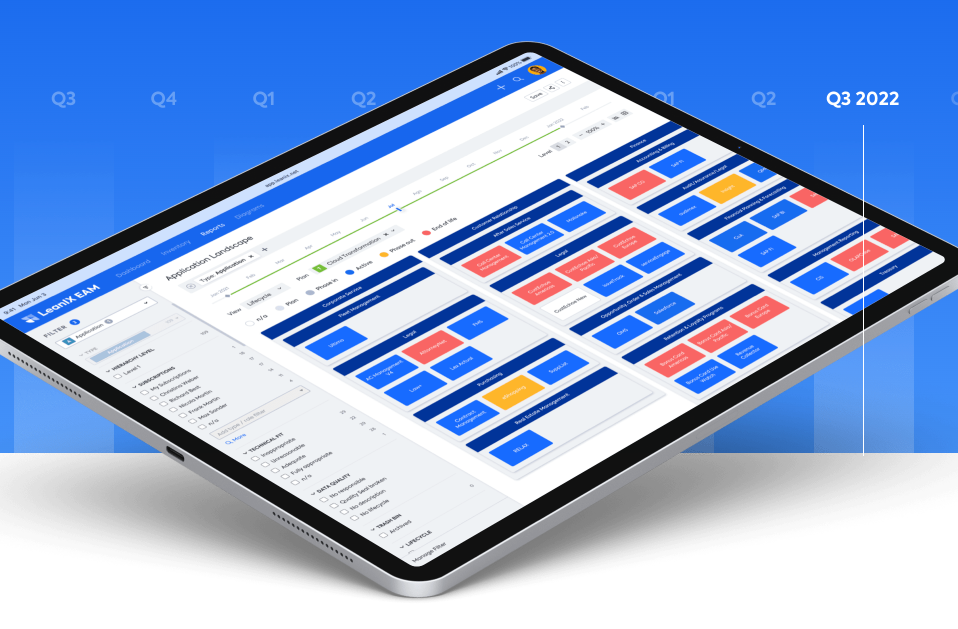The application portfolio is an essential aspect of any IT landscape. Ensuring that the portfolio is optimized to meet an organization’s operational and financial needs is the key to ongoing business success.
By reducing complexity, managing cost, and aligning applications with critical business capabilities, organizations can improve their overall effectiveness and competitiveness. A well-organized, up-to-date application repository is essential for all these initiatives. Complex spreadsheets just can’t do the job.
Why is application rationalization a relevant use case?
For most of the organizations that are using LeanIX, application rationalization is a key use case. The goal is to clean up their application landscape and achieve efficiency gains and reduce costs right away.
Application rationalization can also pave the way for other use cases. These initiatives are much easier to realize once you have an efficient IT landscape in place and all redundancies and inefficiencies have been removed.
We see the following typical business drivers that can be the starting point for an application rationalization use case. They are not mutually exclusive, and it depends on the individual circumstances and strategy of a company where the focus is at a given moment in time.
- Reduce application costs per year, lowering total cost of ownership (TCO), and freeing up budget for innovation
- Ensure the business can be more easily scaled by removing redundant, outdated, or ill-fitted applications
- Minimize technology risk and debt by removing end-of-life and legacy applications
- Align a business' target application portfolio with its talent skillset to ensure maximum efficiency and global company standards and architecture
What’s your success in Application Rationalization, let’s share stories!



